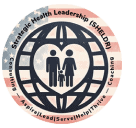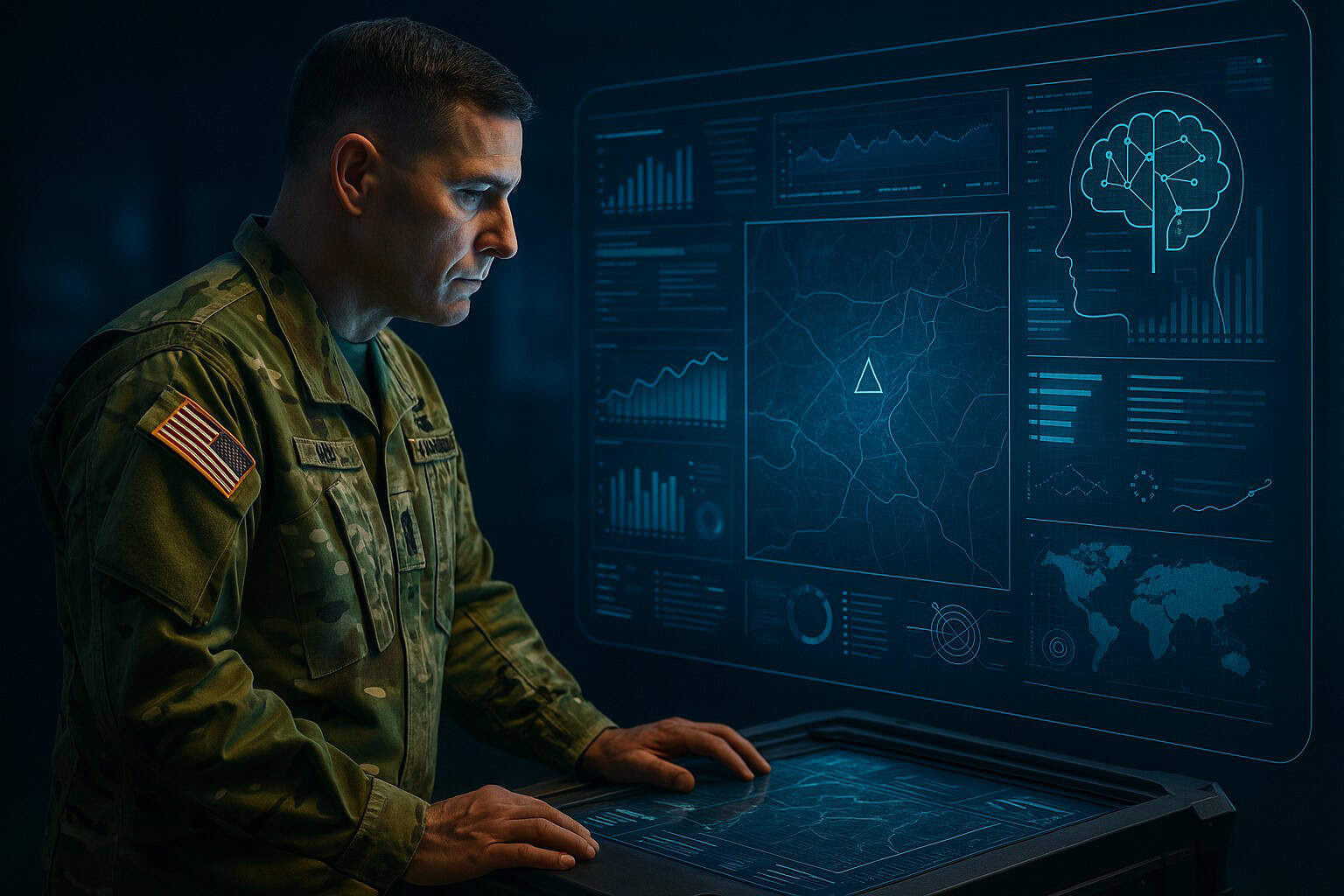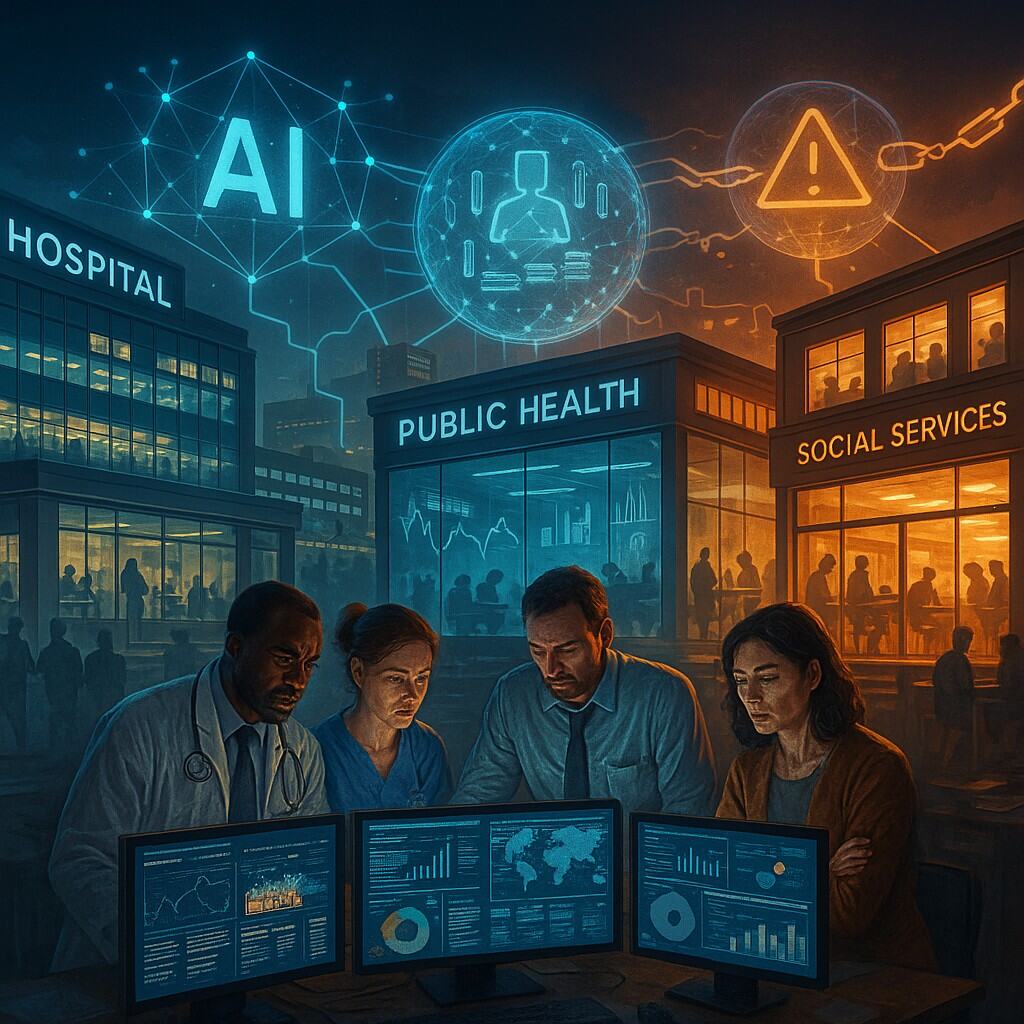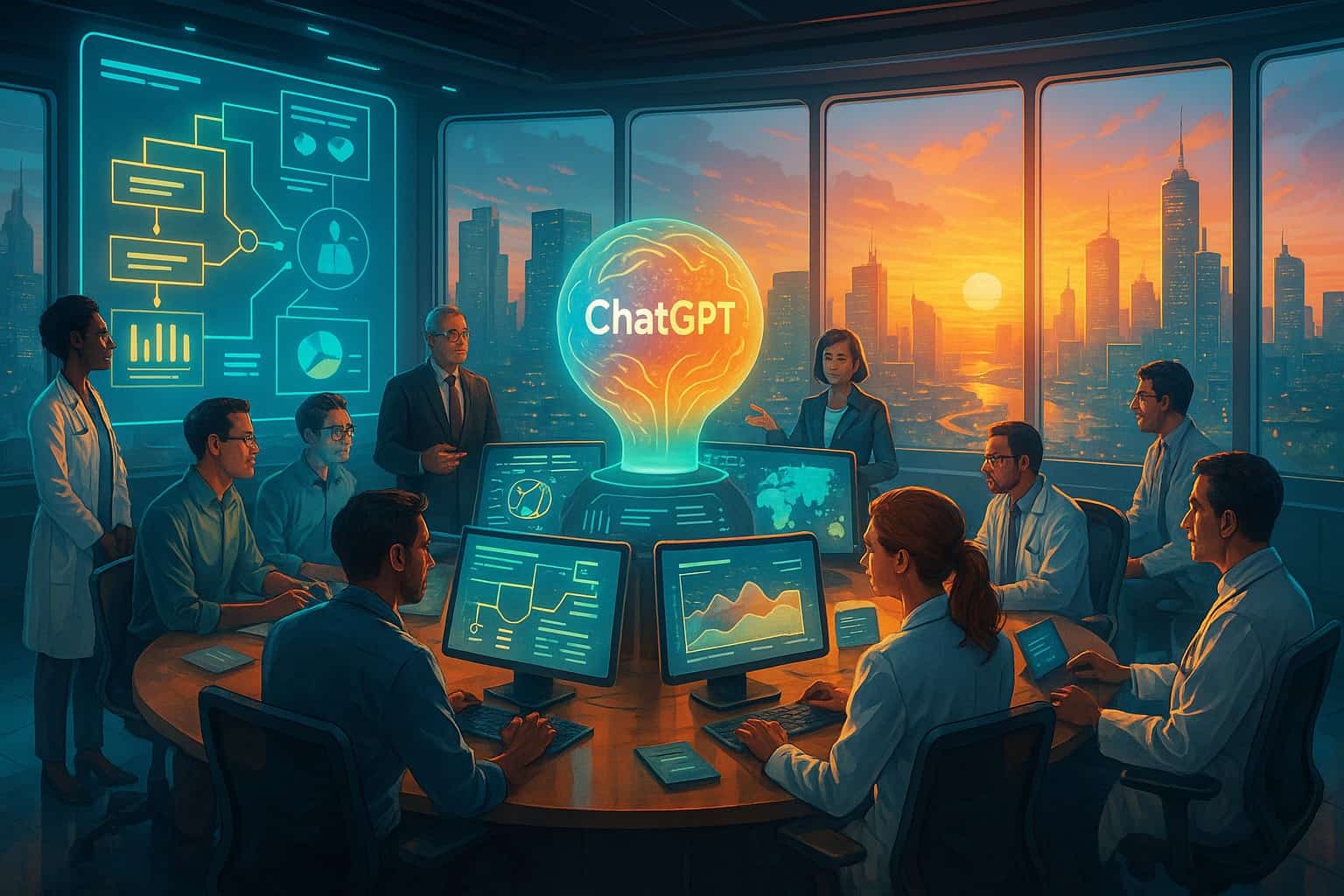Are today’s health leaders moving too fast with AI, without learning from the costly mistakes already written in history?
Executive Summary: AI technology is racing ahead in healthcare, but are leaders learning fast enough from its past? This three-part series equips Strategic Health Leaders (SHELDRs) with the historical foresight needed to lead technology adoption wisely in the Make All Americans Healthier as a National Strategic Imperative (MAHANSI) era. Part One explores the evolution of technology in healthcare—from MYCIN and ELIZA to ChatGPT—and why knowing that timeline matters.
Part Two explores the opportunities that AI presents today and connects them to real-world examples, providing strategic actions that leaders can implement.
Part Three discusses eight notable failures in healthcare, emphasizing how a lack of historical awareness resulted in bias, errors, and inequity. Overall, one message stands out: leadership without an understanding of history is risky.
SHELDRs who study technology’s past are better prepared to spot red flags, scale ethical innovations, and ask the right questions before committing to the next “solution.” This article isn’t about slowing down—it’s about leading smart, safe, and strong.
Understanding the History of AI
Artificial Intelligence in healthcare didn’t arrive overnight—it evolved from decades of breakthroughs, experiments, and setbacks. From the 1956 Dartmouth Conference to ChatGPT’s release in 2022, technology has moved from theory to an indispensable tool.
Early systems like ELIZA and MYCIN hinted at what was possible: machines supporting human reasoning. With each decade, computing power, data availability, and algorithm sophistication transformed technology’s role—from narrow diagnosis tools to broad pattern recognizers.
This brief timeline offers strategic health leaders a snapshot of AI’s historical journey. Understanding that arc is vital—not just to appreciate where we are, but to lead wisely into what’s coming.
Modern technology traces its origins to the 1950s, beginning with the Dartmouth Conference 1956, where pioneers like John McCarthy and Marvin Minsky coined the term “artificial intelligence.” Early optimism gave rise to foundational models like Rosenblatt’s perceptron (1957), an early neural network concept, and later breakthroughs in the 1970s-1980s, such as Geoffrey Hinton’s backpropagation and Yann LeCun’s convolutional neural networks. The selected timeline provides an overview of technology development in the healthcare setting.
Table 1: AI in Healthcare: Key Developments Timeline
| Year | Development | Significance |
| 1956 | The term artificial Intelligence was introduced at the Dartmouth Conference. | Marked the conceptual birth of AI, initiating decades of innovation, reshaping diagnostics, clinical support, and health system decision-making. |
| 1964 | Development began on ELIZA, a chatbot using natural language processing to imitate a human therapist. | Pioneered human-machine dialogue simulation; foundational for patient engagement tools and future AI-driven behavioral health support systems. |
| 1971 | Development of INTERNIST-1, an algorithm-based internal medicine diagnostic system | Early expert system modeling of physicians’ thinking laid the groundwork for future clinical decision support in complex disease management. |
| 1972 | Development began of MYCIN, a rule-based expert system for infectious disease diagnosis and therapy. | Demonstrated AI’s capability to rival experts; catalyzed the role of AI in evidence-based infectious disease treatment. |
| 1986 | Release of DXplain, the first version of a CDS system for differential diagnosis | Enabled computer-aided differential diagnosis; boosted accuracy, reduced errors, and supported overburdened primary and acute care clinicians. |
| 1995 | FDA approval of PAPNET Testing System, the first AI/ML (Machine Learning-enabled medical device | First regulatory recognition of AI in diagnostics signaled legitimacy and opened pathways for AI tools in clinical practice. |
| 2015 | Development of Pharmabot, a chatbot for pediatric medication education | Highlighted AI’s role in patient education and medication adherence, especially for caregivers and pediatric safety. |
| 2022 | ChatGPT, a generative AI model, was publicly launched | Sparked a generative AI revolution, giving health leaders scalable tools for knowledge synthesis, workforce training, and patient communication. |
These milestones reflect AI’s evolution from concept to clinical and leadership collaborator. Understanding its historical trajectory is essential for today’s health and human service leaders.
Source: Adapted from Congressional Research Service (CRS), AI in Healthcare, 2024
The 1990s and 2000s were a time of significant growth. As computing power increased and deep learning emerged, AI began to find practical applications in broader medical fields. By the early 21st century, AI was not just theoretical; it was becoming operational.
The past decade brought two defining phases: the supervised learning era (2012–2017), driven by large models trained on labeled data using GPUs, and the ongoing self-supervised era (post-2017), marked by generalist “foundation models” that can adapt across tasks without explicit labels. Artificial intelligence (AI) development has shifted from using specialized prediction tools to creating systems capable of reasoning and recognizing broader patterns. This is especially evident in complex fields like medical imaging.
These milestones reflect technology’s evolution from concept to clinical and leadership collaborator, and why understanding its historical trajectory is essential for today’s health and human service leaders. Today, technology permeates nearly every facet of healthcare: from radiology departments using machine learning to read images more accurately, to drug discovery platforms screening molecules faster than any human team could, to virtual assistants helping patients manage chronic conditions and medication schedules.
Technology is now embedded in healthcare’s core—from clinical decision support and diagnostics to patient engagement and operations. However, its success depends on how well leaders understand its evolution and future potential. Health leaders can avoid past pitfalls and maximize impact by grounding today’s choices in historical awareness. This moment demands informed stewardship—leaders ready to embrace innovation while safeguarding ethics, trust, and quality. The future of healthcare isn’t just high-tech—it’s high-accountability, human-centered, and historically informed.
Why SHELDRs Must Study Technology’s History
The global healthcare market was valued at $16.61 billion in 2024, the total value of products and services sold is projected to reach $630.92 billion in 2033. SHELDRs who study the history of technology in healthcare gain more than trivia—they gain strategic foresight. Knowing where technology has been clarifies what’s coming next and helps leaders separate overhyped trends from transformative opportunities.
History reveals how biases, limitations, and breakthroughs evolved and why ethical vigilance and system-level thinking are still required. Understanding the path from MYCIN to ChatGPT (Open a ChatGPT Account HERE) powered diagnostics makes it easier to assess risk, anticipate resistance, and lead change with credibility and confidence. It also equips SHELDRs to ask smarter questions about safety, scalability, and equity before committing to new tools.
Understanding AI’s origins gives us the map—now it’s time to use it. In Part Two, we connect AI’s history to today’s most promising opportunities and how leaders can seize them.
Learn More Here
Discussion Questions
- What lessons from early AI systems like MYCIN or ELIZA remain relevant for today’s AI applications in healthcare?
- How did limitations in computing power and data availability shape the effectiveness of first-generation AI systems?
- In what ways has the shift from rule-based to self-supervised models changed how health leaders must think about AI governance?
- Why should strategic health leaders (SHELDRs) treat the AI timeline as essential knowledge, not just technical trivia?
- How does the evolution from narrow expert systems to foundation models affect leadership roles in health system innovation?
#SHELDRLeadership
#HealthcareAIOrigins



